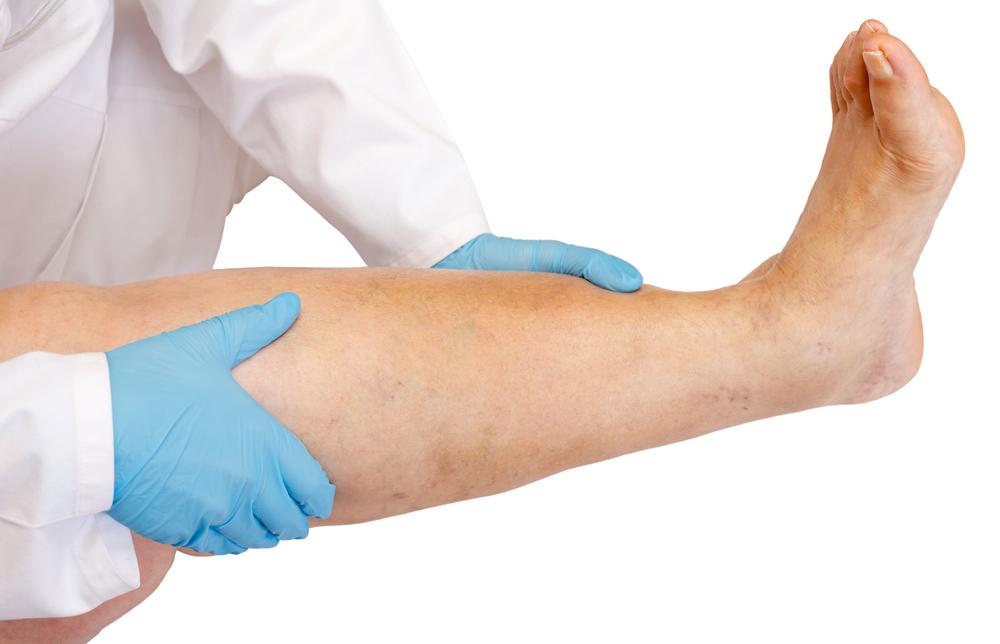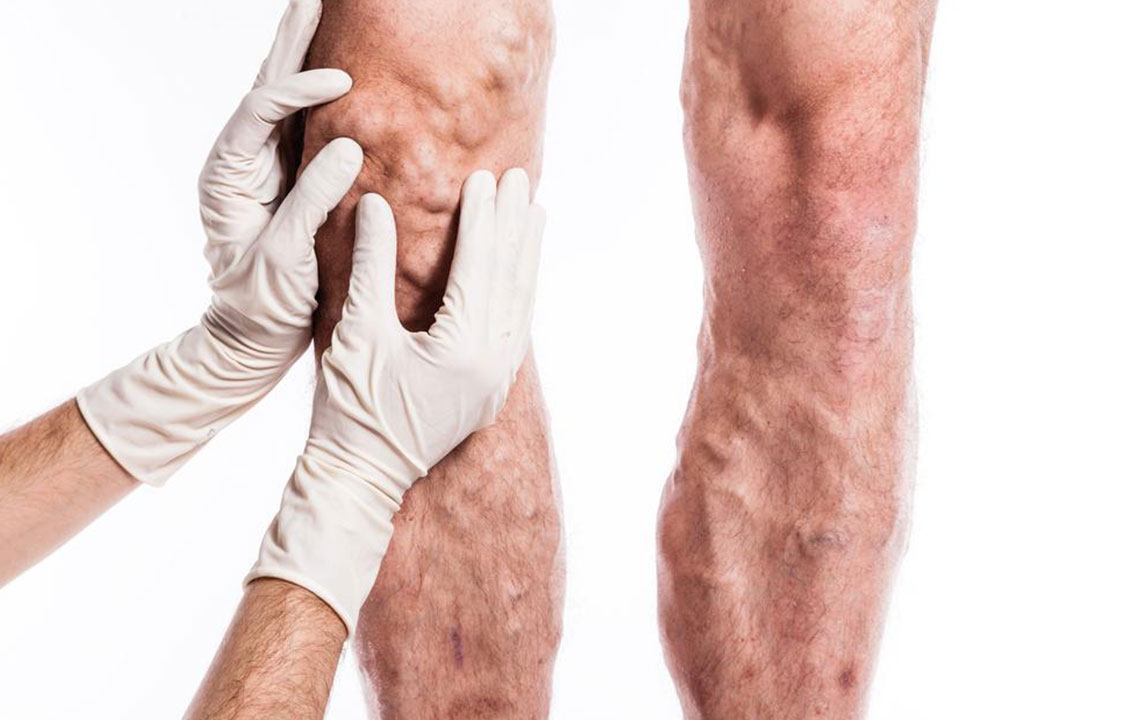Understanding Deep Vein Thrombosis (DVT)
Deep Vein Thrombosis (DVT) involves blood clots forming in deep veins, especially in the legs. It can lead to serious health risks if clots dislodge and travel to the lungs. Symptoms include swelling, warmth, pain, and redness. Diagnosis relies on ultrasound, venography, D-dimer tests, MRI, or CT scans. Treatment primarily involves blood-thinning medications and sometimes surgical filters to prevent lung embolism. Early identification and management are vital to avoid severe complications, making awareness and prompt medical attention essential.

Understanding Deep Vein Thrombosis (DVT)
Deep Vein Thrombosis, or DVT, is a condition characterized by blood clots forming in deep veins within the body, typically in the thighs and lower legs. Unlike superficial blood clots, DVT clots can detach and travel through the bloodstream, potentially reaching the lungs and causing severe complications. These clots are formed in deep veins near bones and muscles, which help pump blood back to the heart through muscle contractions. DVT symptoms might be absent initially but can include leg swelling, warmth, pain, and discoloration. Diagnosis involves ultrasound, venography, D-dimer blood tests, MRI, or CT scans. Treatment mainly involves anticoagulant medications to prevent clot growth and dislodgment. In some cases, surgical filters are inserted to block clots from reaching the lungs. Early detection and treatment are crucial for preventing life-threatening complications.






